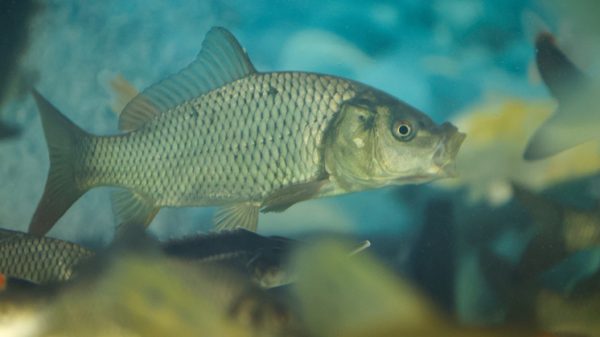Landscapers planted the wrong seedlings
The problem with the “gender” characteristics of poplars and annoying July fluff seems to have been solved by scientists from the Institute of Molecular Biology. V. A. Engelhardt RAS, MIPT and other organizations. Having examined the DNA of poplars in 15 regions of the country, they determined how to solve the main issue with the correct planting of trees in order to get rid of their fluff in July.

Poplar is an indispensable tree for urban landscaping. It is unpretentious, grows quickly and, thanks to the large surface of its leaves, releases more oxygen than other trees in central Russia.
However, the presence of fluff in female plants discredits the poplar; sometimes there are even voices about getting rid of it completely to please allergy sufferers.
It would seem that the most logical thing would be to simply select male trees that do not “fuzz”. However, the landscapers argued that this would not work, since even in the case of planting only male “individuals”, female ones subsequently appear in the city again,… degenerating from male ones.
However, a study by Russian scientists who conducted a genetic study of trees on a large sample of them proved that the mass distribution of female poplars in Moscow has nothing to do with sex change.
Geneticists are confident that landscapers, when planting seedlings, mistakenly accept female ones. individuals for males (it is impossible to distinguish them by external signs at an early stage, for several years after landing).
Russian geneticists are ready to divide plants into male and female at the seed and seedling level. The scientific team analyzed 379 poplars growing in 15 regions of Russia and five other countries using high-throughput sequencing. Scientists were able to establish the origin of the most common poplars in Moscow and determine the sex of the studied samples based on the DNA sequence.
Using the example of the three most common hybrids in Moscow (Razumovsky Poplar, Petrovsky Poplar and Siberian Poplar), researchers showed that the source of all The problem is the wrong choice of seedlings for landscaping.
“Only for the Razumovsky poplar, a male clone was planted in Moscow. For the Petrovsky poplar, mainly two clones were used for landscaping — male and female, and for the Siberian poplar, mainly only female plants were planted,” says Elizaveta Sigova, a senior laboratory assistant at the Laboratory of Comparative Genomics and Transcriptomics at the IMB RAS, a student at MIPT.
Experts are confident that in the future, thanks to DNA markers, they will be able to avoid repeating the mistakes made when planting poplars in Moscow.


























































Свежие комментарии